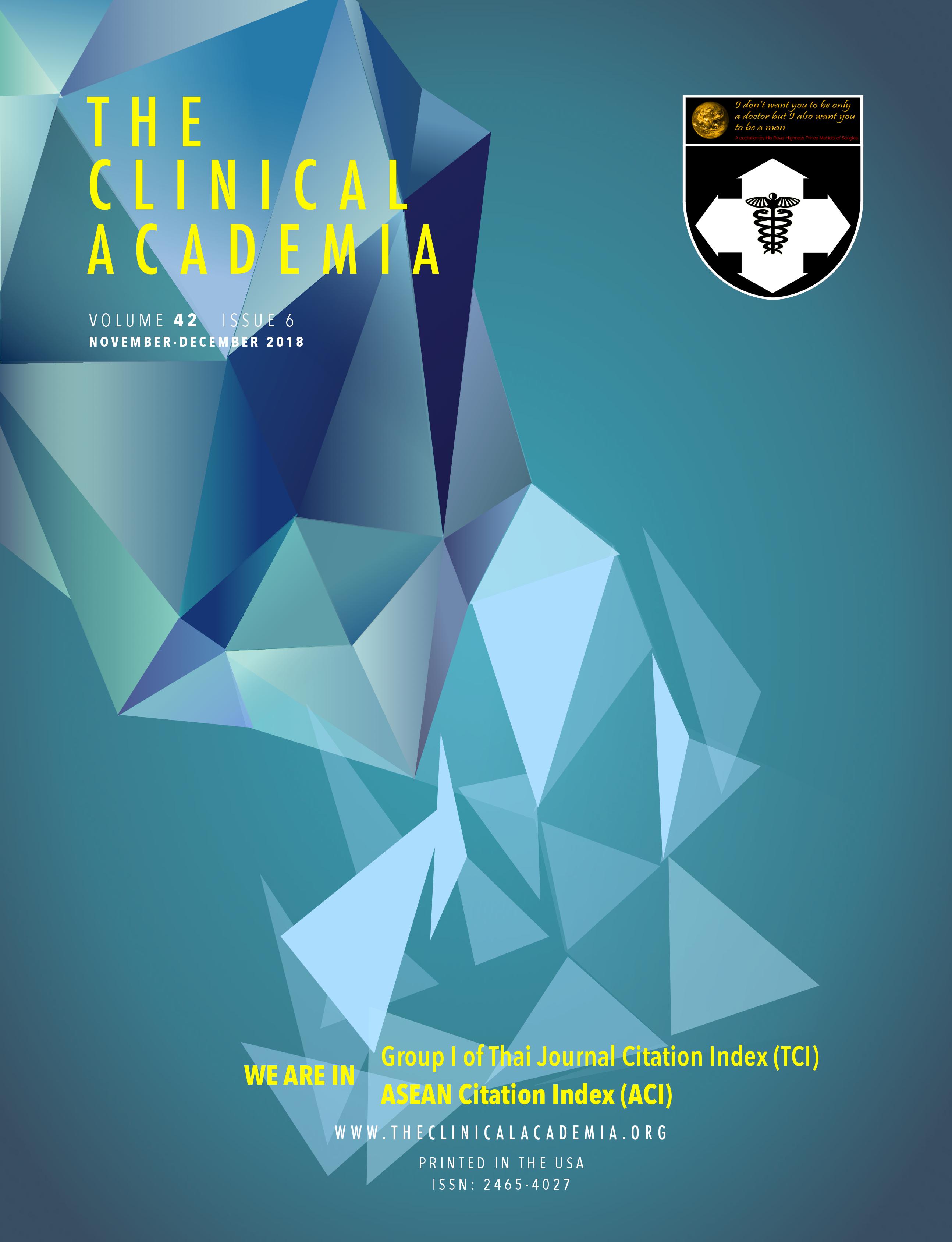Optimal dose of intrathecal morphine used for cesarean delivery anesthesia: a systematic review
Abstract
OBJECTIVE
To identify the optimal dose of intrathecal morphine (ITM) for cesarean delivery anesthesia.
METHODS
We searched for the studies regarding anesthetic ITM with elective cesarean delivery patients which reported efficacy and adverse effects of ITM through online databases and hand-searching. Inclusion criteria included is a randomized controlled trial which compared doses of ITM in postoperative analgesia and adverse effects (pruritus, postoperative nausea, and vomiting). Three authors independently assessed reference for inclusion and study quality and extracted data. We used the Cochrane risk of bias for assessing the risk of bias of the studies and the Review Manager version 5.3 for risk of bias summary.
RESULTS
There were four randomized controlled trial studies met the inclusion criteria with 300 participants. However, the results of these trial were unable to combine. No meta-analysis was performed due to the different interventions used in each study. Nonetheless, we observed the trend that the higher the dose of ITM, the more effective and the more common adverse effects.
CONCLUSION
This study were unable to conclude the optimal dosage of ITM for elective cesarean operation.



